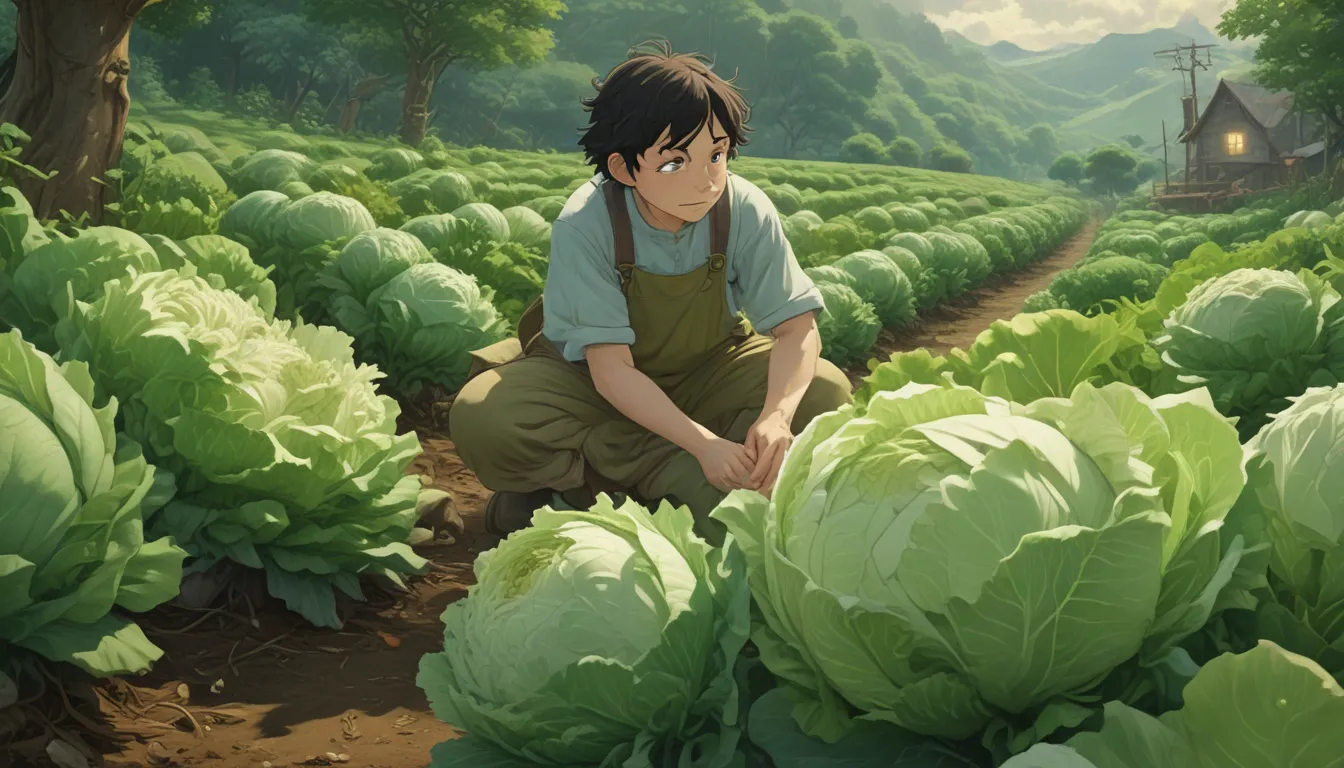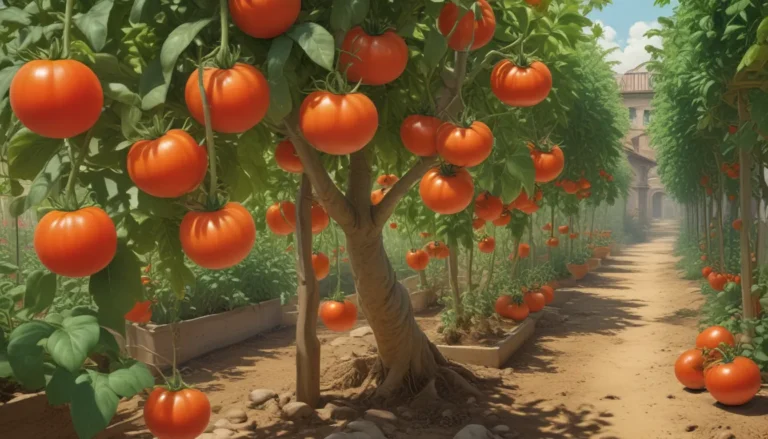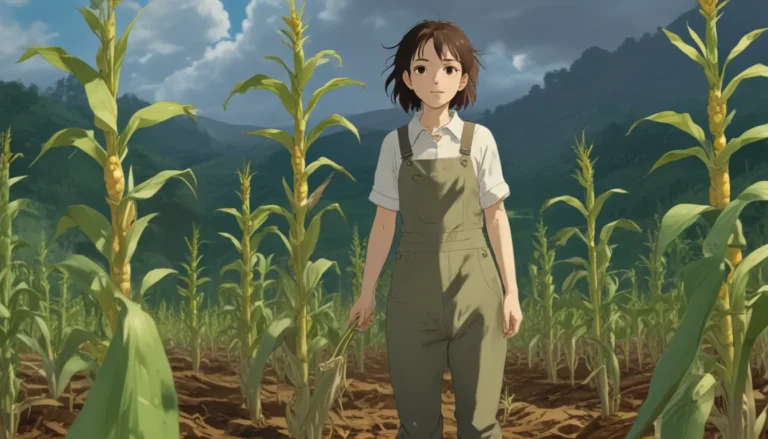Mastering the Art of Harvesting Cabbage

In today’s world, cabbage may seem like a simple and unassuming vegetable. But did you know that the ancient Romans considered cabbage a luxury food item, highly prized for its flavor and medicinal properties?
While cabbage may not hold the same prestige today, it remains a versatile and nutritious addition to our diets. With just 22 calories per cup, cabbage is a low-calorie choice packed with health benefits, including protein, fiber, vitamin K, and vitamin C.
Whether you are growing cabbage in your garden or purchasing it from a local market, knowing when and how to harvest this humble vegetable is essential. In this comprehensive guide, we will explore everything you need to know about harvesting cabbage, from timing and techniques to storage and preservation.
What You’ll Learn
- When to Harvest
- How to Harvest
- Preparation and Storage
- Preservation
- Recipes and Cooking Ideas
When to Harvest
Determining the right time to harvest your cabbage is crucial for ensuring optimal flavor and texture. Start by checking the time to maturity for the specific cabbage variety you are growing. Different cultivars have varying maturity periods, ranging from 60 to 180 days from planting.
When inspecting your cabbage heads, look for signs of readiness such as a compact size and firmness. Squeezing the head gently can help you determine if it is mature. Additionally, keep an eye out for cracked leaves, as this is a clear indicator that the cabbage is ready to be harvested.
Consider external factors like weather conditions when deciding the best time to harvest. Excessive rain or overwatering can cause cabbage heads to split, making them inedible. Once you have assessed these factors, you will be better equipped to determine the optimal harvest time for your cabbage.
How to Harvest
When it comes to harvesting cabbage, you have two main options: manual picking or cutting with a sharp tool. Manual picking involves pulling the cabbage head from the base, while cutting requires a knife or loppers to remove the head from the stem.
To ensure a continuous harvest, consider leaving a portion of the stem and outer leaves intact when cutting the cabbage head. This will encourage new side shoots to develop, producing additional smaller cabbages over time.
Preparation and Storage
Once you have harvested your cabbage, it is essential to prepare and store it properly to maintain its freshness and flavor. Start by removing any large, loose leaves from the cut heads and store them in a cool, shady place.
To extend the shelf life of your cabbage, wrap the heads in plastic and store them in the refrigerator. Cabbage can generally be stored this way for several weeks, allowing you to enjoy its crispness and flavor over an extended period.
Preservation
If you find yourself with an abundance of cabbage and want to preserve it for later use, there are several methods you can try. Freezing, dehydrating, and fermenting are popular techniques for extending the shelf life of cabbage while retaining its nutritional value.
- Freeze: Remove yellowed outer leaves, wash the head, and blanch before freezing for longer shelf life.
- Dehydrate: Slice cabbage into thin strips and dehydrate at a low temperature for extended storage.
- Fermentation: Create sauerkraut or kimchi using a simple lactofermentation process to preserve cabbage with beneficial probiotics.
By utilizing these preservation methods, you can enjoy your harvest of cabbage throughout the year and explore new culinary possibilities in your kitchen.
Recipes and Cooking Ideas
Now that you have harvested and preserved your cabbage, it’s time to get cooking! From classic coleslaw to savory stir-fries and tacos, cabbage can be used in a variety of delicious dishes.
- Classic Coleslaw: Try our classic coleslaw recipe for a refreshing and tangy side dish.
- Asian Chicken Cabbage Stir-Fry: Explore the flavors of Asia with this tasty chicken stir-fry recipe.
- Salmon Tacos with Red Cabbage Slaw: Indulge in flavorful salmon tacos topped with tangy red cabbage slaw for a delightful meal.
From traditional recipes to innovative creations, cabbage offers endless culinary possibilities for you to explore and enjoy.
From Harvest to Table
Whether you are a seasoned cabbage picker or a novice gardener, mastering the art of harvesting cabbage is a rewarding experience. By following the tips and techniques outlined in this guide, you can ensure a bountiful harvest of this versatile vegetable.
What are your favorite cabbage harvesting tips? Share your thoughts and suggestions in the comments below and join the conversation with fellow cabbage enthusiasts.
If you’re eager to learn more about cabbage cultivation and care, check out these related articles:
- How to Grow Winter Cabbage for a Late-Season Harvest
- Identify, Prevent, and Treat Common Cabbage Diseases
- How to Grow Savoy Cabbage
- How to Keep Slugs off Cabbage and Other Cole Crops
By expanding your knowledge and expertise in cabbage cultivation, you can enjoy a thriving garden and a table full of nutritious and delicious dishes. Happy harvesting!
- Pinterest628
By incorporating new sections, expanded content, and detailed information, this revised article provides readers with valuable insights into the art of harvesting cabbage. With practical tips, preservation methods, and delicious recipes, readers can enhance their gardening skills and culinary repertoire while exploring the versatile world of cabbage.





